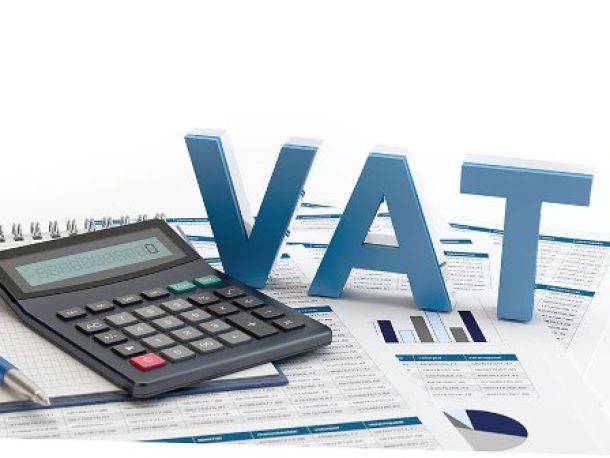Changes to CPI give food more weight
Marmite is out and so are teapots and postage stamps. But frozen pizzas are now in, as are coffee mugs, soccer balls and video games; although tennis balls are out and so are board games.
These are some of the changes in the list of items whose prices Statistics SA uses to measure consumer price inflation (CPI) each month.
The changes in the basket of goods and services used in the consumer price index are part of the reweighting and rebasing exercise Stats SA conducts every four years.
The outcome of the latest such exercise was announced on Friday, and while reweighting and rebasing might seem deeply dull and technical to most of us, it provides a fascinating window on South Africans’ changing spending habits.
It also matters for the inflation rate and economists will be sharpening their models and updating their inflation forecasts in the light of Friday’s figures.
That is especially so because food and fuel prices tend to be a big driver of inflation trends from month to month, and the stand-out change in the CPI basket is that food has a much larger weight in the new basket than it did in the old one while transport has a smaller one.
The weighting given to food and nonalcoholic beverages has been increased to 17.24%, up from 15.41% four years ago, while transport has fallen from being the second largest in the basket to the fourth largest, with a weighting that has declined from 16.43% to 14.28%, with fuel making up the largest part of that.
The new weights were derived from a survey of household income and expenditure which was included in Stats SA’s 2014/15 Living Conditions Survey. The changes reflect shifts in lifestyle and technology as well as in relative prices.
The food basket has seen a shift to more convenience-type foods such as instant noodles and ready-mix flours, Stats SA’s Patrick Kelly said in an interview.
Another lifestyle shift has seen more South Africans living in apartment blocks or townhouses, so sectional-title levies have been included in the CPI basket for the first time.
Technological changes have seen DVDs falling out of the basket, but with satellite dishes now to be seen even in low-income settlements and apartment blocks, pay-TV subscriptions have become more important in "culture and recreation". Their weighting in the basket has increased from 4% to more than 5% (in part also because of higher spending on "games of chance" – lotteries, in other words).
At the same time, food prices have shown a substantial increase, especially over the past year, and the price updating has added a full percentage point to food’s weighting in the CPI basket, Kelly said.
The weighting of meat, which is the largest item within the food basket and was one of the big drivers of December’s higher-than-expected inflation rate, has climbed from 4.5% to 5.46%.
The lower weighting for transport mainly reflects the fact that petrol prices have not increased significantly over the past two years – a trend that could change with global oil prices now rising.
Nedbank economists Busisiwe Radebe and Dennis Dykes expect the new weights could have a disinflationary effect, improving the outlook for this year because food prices, which are expected to soften, now carry a bigger weighting while the upward pressure transport prices are expected to exert will have less weight.
Last week, the Reserve Bank raised its inflation forecast for 2017 to an average 6.2%, which was worse than the market consensus of 5.8%, but Nedbank’s economists expect the new weights might prompt the Bank to revise down its forecast.
News Category
- International retailers
- On the move
- Awards and achievements
- Legislation
- Wine and liquor
- Africa
- Going green
- Supplier news
- Research tools
- Retailer trading results
- Supply chain
- Innovation and technology
- Economic factors
- Crime and security
- Store Openings
- Marketing and Promotions
- Social Responsibility
- Brand Press Office
Related Articles

Empowering South African households through gro...

SPAR shares practical tips to beat food inflation

South African motorists could be paying up to R...

Big VAT changes on the cards


